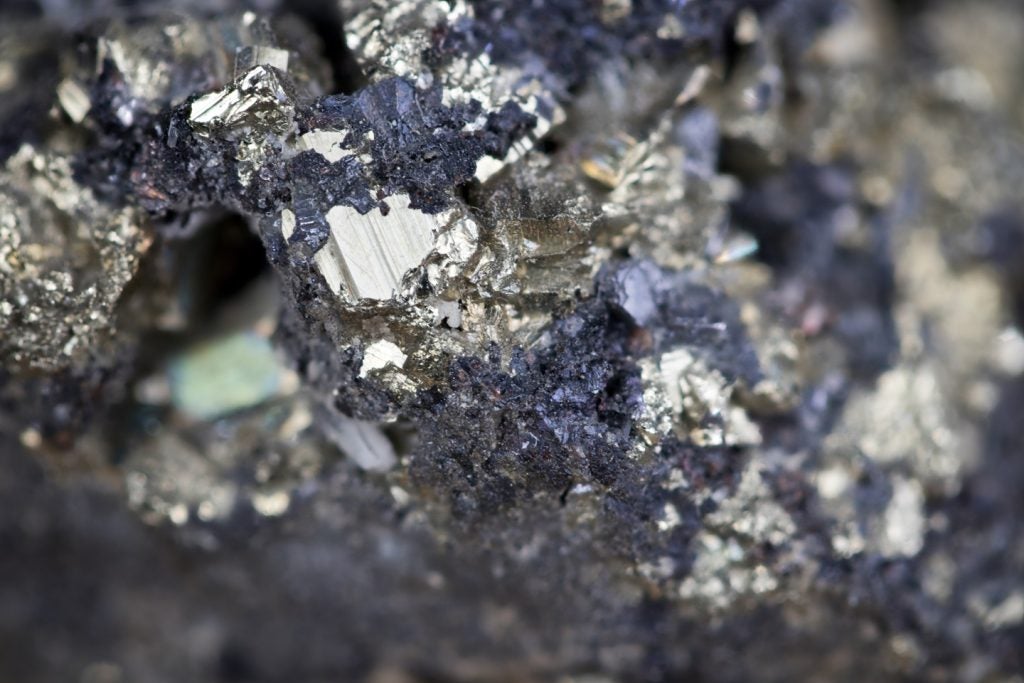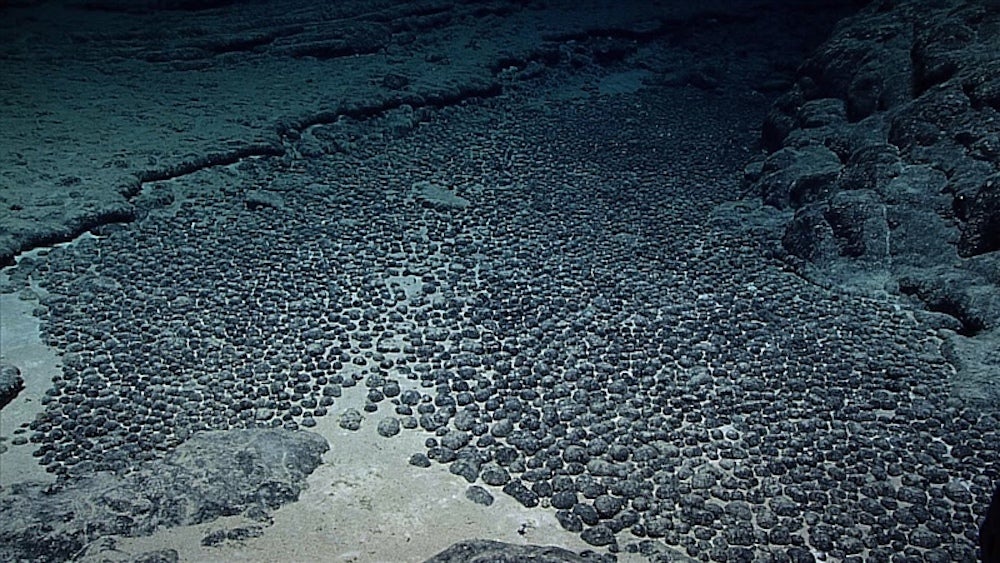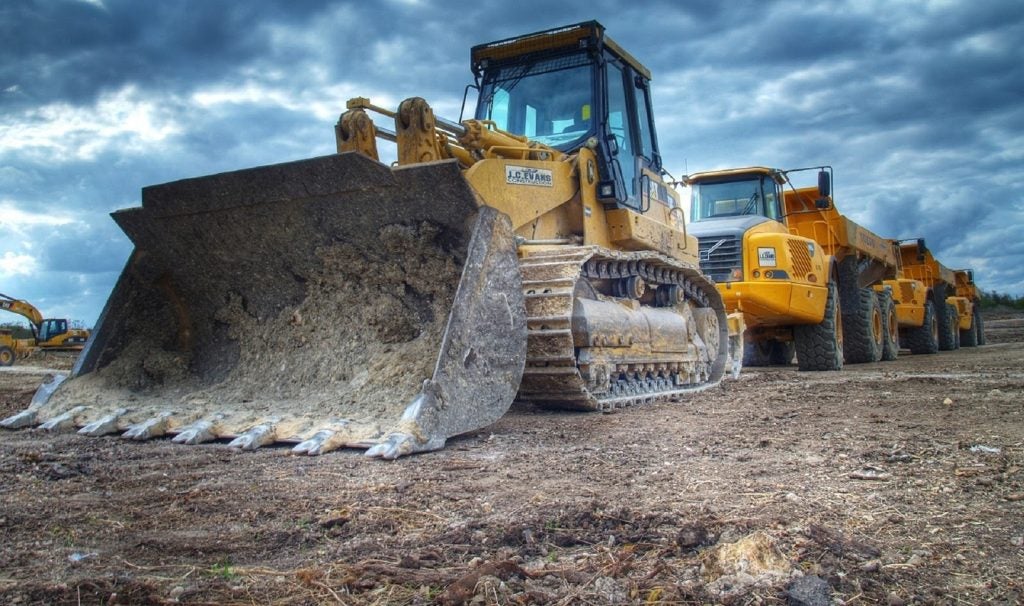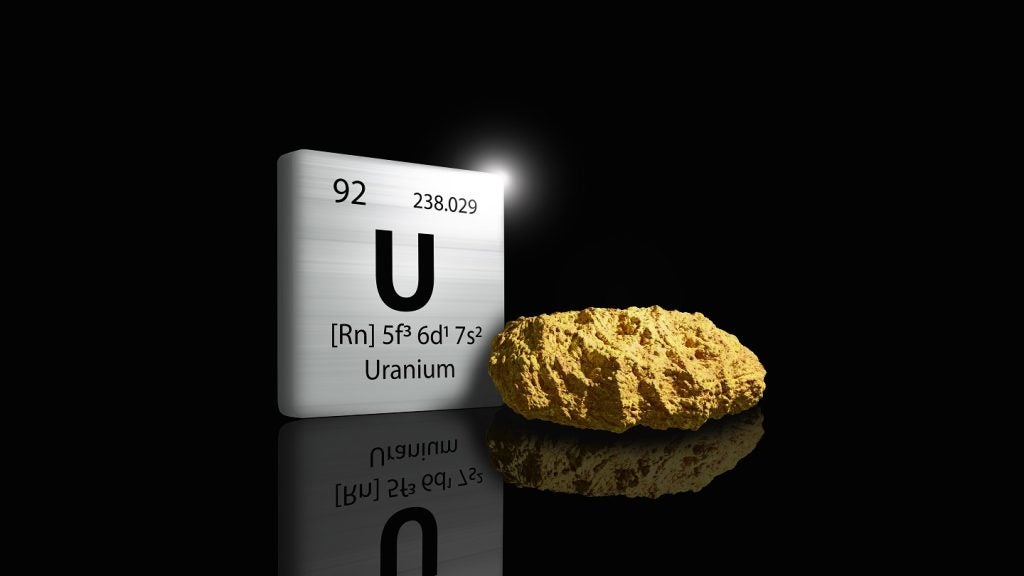First Nordic Metals has launched a base-of-till drilling programme at its Klippen Project in northern Sweden to explore an historic anomaly rich in gold, arsenic, copper and zinc.
This initiative marks a significant step in determining the bedrock sources of the minerals.
The Klippen Project, positioned in the southern region of the Gold Line Belt, is undergoing a comprehensive drilling programme.
Up to 120 drill holes will be executed to systematically investigate a 1km zone, which is believed to be the primary source of the anomaly.
The programme's design is based on geophysical data analysis and the direction of ice flow, which have informed this targeted approach, the company said.
Additionally, the drilling programme will also assess several coincident arsenic, copper and zinc anomalies discovered during the 2023 glacial till-sampling programme.
Notably, these samples, analysed with X-ray fluorescence (XRF), did not include gold but exhibited similar pathfinder element patterns, the company noted.
The geology of the Klippen Project area includes a sequence of inverted basin sediments and mafic volcanic rocks intruded by syn-kinematic granitic formations within a structurally complex corridor.
Mineralisation is observed to be primarily hosted within a highly strained and altered granodiorite, stretching 4.5km by 0.5km.
Gold mineralisation at Klippen predominantly occurs in sulphide veins within the granodiorite's high strain zones. These veins are composed of pyrite, arsenopyrite, chalcopyrite and pyrrhotite, with minor occurrences in adjacent sedimentary and volcanic units.
Mineralisation is closely associated with hydrothermal alteration assemblages including sericite, carbonate, epidote and biotite, which extend into the surrounding rock.
As per the results of historic drill core analysis, it is hypothesised that the mineralisation may be peripheral to a more extensive zone beneath the main till anomaly area.














